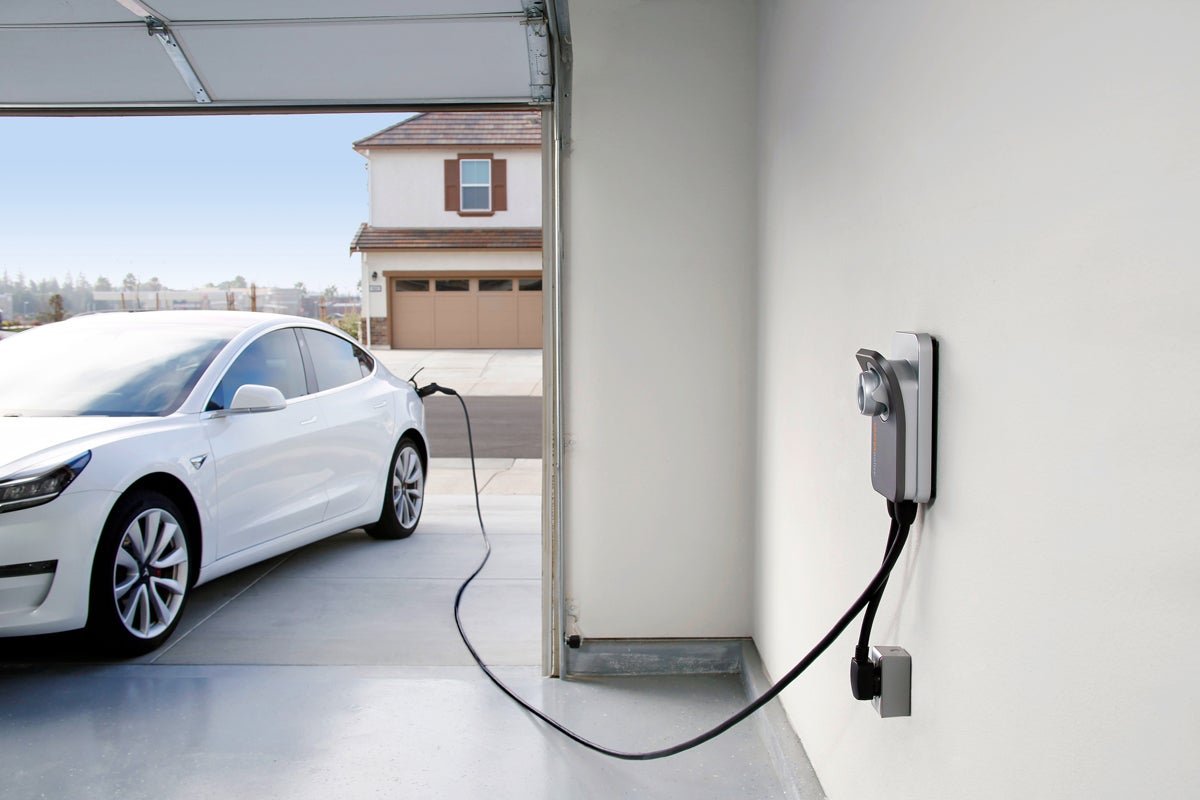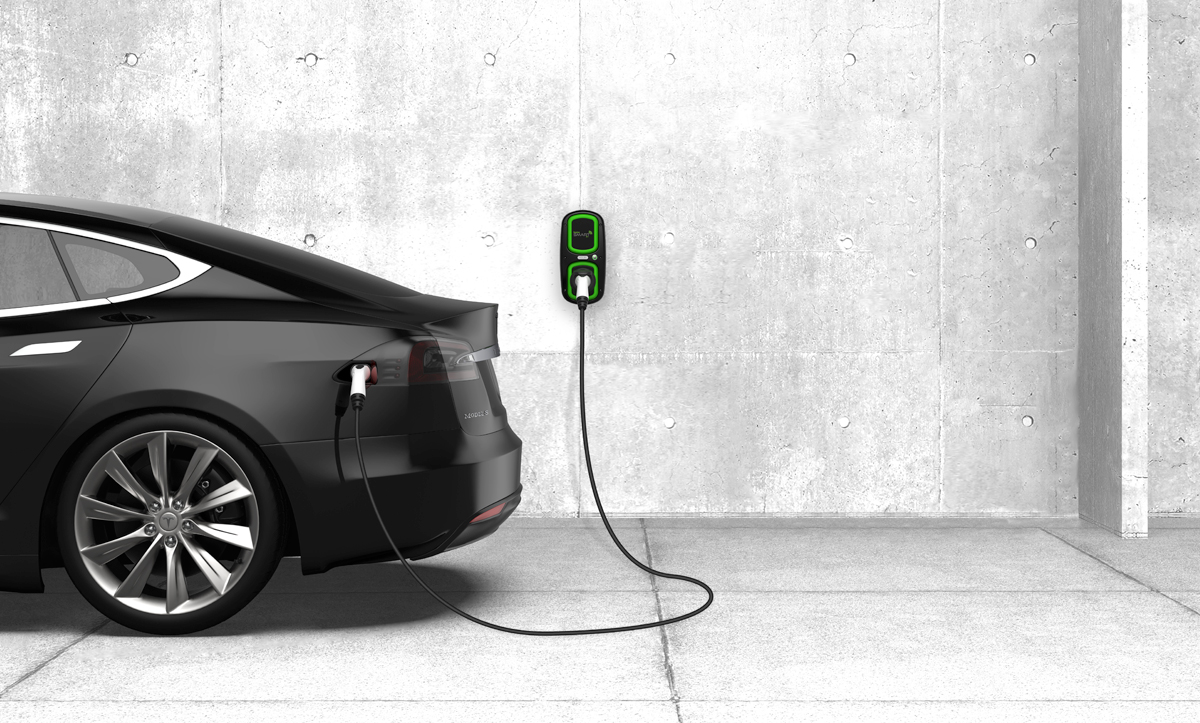Building a sustainable future

How Are Electric Vehicles Better for the Environment?
As a cleaner alternative, electric vehicles are an important step in sustainable transportation. Notable for their fuel efficiency, EVs can be a cost-effective way to reduce operating expenses across your fleet. Rising fuel prices and a push for greener initiatives have led many organizations to adopt electric vehicles (EVs) for their fleets. Notable for their fuel efficiency, EVs can be a cost-effective way to reduce operating expenses. The price of electricity in the United States averages 10 cents per kilowatt-hour (kWh). Typically, an electric car costs approximately 3 cents per mile—much lower than a gasoline car at 10 cents per mile. Besides lower fuel costs, EVs also serve as a greener alternative to gas or diesel vehicles. By eliminating exhaust, they can reduce a fleet’s greenhouse gas emissions. This advantage helps businesses stay sustainable and compliant with government guidelines.

What are EVs, and how do they work?
Conventional cars use internal combustion engines (ICEs) that generally run on fossil fuels like gas or diesel. EVs use one or more electric motors powered by rechargeable lithium-ion batteries, the same kinds of batteries that power smartphones and laptops. And like electronic devices, EVs plug into external power sources for charging. Other types of batteries rely on regenerative braking for charging, or generating electricity from the vehicle’s frictional energy. In addition to being less polluting than fuel engines, lithium-ion batteries often work more efficiently. Many have a guaranteed life span of 8-10 years.
What are the different kinds of EVs?
EVs are classified into different types based on how much they rely on electricity as a power source. Currently, there are three main classifications of EVs.
Battery electric vehicles (BEVs) are completely electric with rechargeable batteries. Also known as ‘plug-in’ EVs, BEVs use an external electrical charging outlet for power. They rely on electricity and do not have a gasoline engine, fuel tank, or tailpipe.
Plug-in hybrid electric vehicles (PHEVs), or extended-range electric vehicles, are partly powered by gasoline and partly by electricity. They have batteries that charge with an external outlet, and regenerative braking capabilities. PHEVs also use a gas engine to extend the vehicle’s range and to recharge the car battery.
Hybrid electric vehicles (HEVs) are also powered by both gasoline and electricity. They differ from PHEVs by relying only on regenerative braking for battery charge. These EVs use their electric motor when driving, which is then supplemented with the gasoline engine as needed due to increases in load or speed.
5 ways that EVs are better for the environment
As a cleaner alternative, EVs are an important step in sustainable transportation. Below are five major ways that EVs can benefit the environment.
1. EVs can produce zero tailpipe emissions.
Full electric vehicles do not need a tailpipe, as they don’t produce exhaust. Traditional engines combust gasoline or diesel, creating energy at the cost of producing harmful carbon emissions. By contrast, the batteries found in EVs are completely emission-free. The most common type of battery employed in EVs is the lithium-ion battery. These batteries can be depleted and charged repeatedly without contributing to air pollution.
2. Even when using fossil fuels, EVs contribute fewer emissions than ICE vehicles. Many electric charging stations use renewable energy to charge EVs. However, some are still powered by coal-burning power plants and similar energy sources considered harmful to the environment. In countries that primarily use coal, oil, or natural gas for power, charging EVs can leave a more significant carbon footprint.
Yet, even when EVs are coal-powered, they still lead to lower emissions overall. Coal-reliant countries like China have seen a 20% decrease in greenhouse gas emissions from using electric cars. For countries that rely even less on fossil fuels, clean energy sources allow EVs to be even greener.
3. EV battery production can be clean.
Although EVs don’t contribute much to air pollution on the road, manufacturing EV batteries can be harmful if done irresponsibly. Nearly all EV emissions are well-to-wheel emissions created during the battery production process. As EVs are still a newer technology, industry standards are inconsistent with the energy sources used for making batteries, resulting in larger carbon footprints. But, this is already beginning to change.
Today’s EV batteries have a carbon footprint that is 2 to 3 times lower than two years ago, and growing cleaner still. Manufacturers of EVs are setting guidelines for their battery suppliers. For example, they require suppliers to only use renewable energy sources during production, such as solar and wind. These sources can provide the large amount of energy needed to produce EV batteries without harmful emissions. In fact, EV automaker Tesla plans to manufacture its batteries using 100% renewable energy.
4. ICE vehicles pollute continuously.
Apart from the limited use of coal-fueled charging stations, EVs do not contribute to air pollution after they are manufactured. Most emissions are produced during the battery manufacturing process. That means total emissions of an EV can be measured before it even starts up for the first time.
ICE vehicles, on the other hand, produce CO2 emissions whenever their engines are on. On average, a gasoline-powered passenger vehicle produces between 5 to 6 metric tons of CO2 per year. A study by the Union of Concerned Scientists found that the ICE emissions surpass the EVs’ well-to-wheel emissions in just 6-18 months of operation. With millions of ICE vehicles being driven worldwide, emissions continue to be produced in great volumes. Alternatively, an electric vehicle powered by renewable energy will maintain a neutral carbon footprint, indefinitely.
5. EV manufacturers use eco-friendly materials.
One of the major obstacles facing EV manufacturers is producing a functional, lightweight vehicle. Lighter EVs have a greater range and smaller carbon footprint, but traditional materials make it difficult to achieve this. However, recycled and organic materials are now comparable to traditional materials. They’re lightweight, eco-friendly, strong, and durable.
Many conventional manufacturers use recycled materials for small components, but currently don’t use them for a vehicle’s structure. EV manufacturers are using and improving eco-friendly materials to build lighter, more efficient vehicles.
